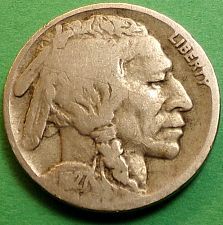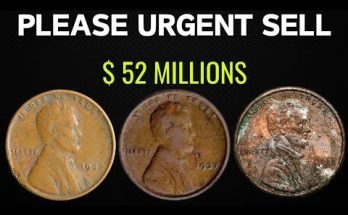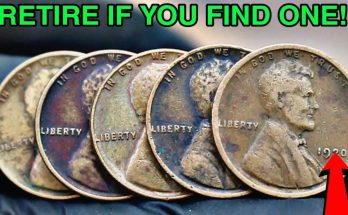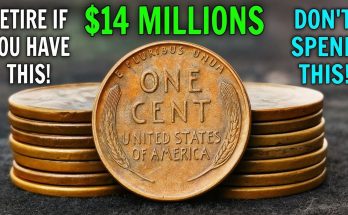1927 P Buffalo Nickel: Coin Value Prices, Price Chart, Coin Photos, Mintage Figures, Coin Melt Value, Metal Composition, Mint Mark Location, Statistics & Facts. Buy & Sell This Coin. This page also shows coins listed for sale so you can buy and sell.
Description of the 1927-P Buffalo Nickel (Indian Head Nickel)
The 1927-P Buffalo Nickel, also known as the Indian Head Nickel, is a captivating piece of American numismatic history. This coin, struck at the Philadelphia Mint, is a part of the iconic Buffalo Nickel series that ran from 1913 to 1938. Designed by sculptor James Earle Fraser, the coin’s imagery is deeply rooted in the American West and is widely considered one of the most artistic and quintessentially American coin designs ever produced.
The obverse of the 1927-P Buffalo Nickel features a powerful and dignified profile of a Native American man. Fraser’s design masterfully captures the rugged individuality and noble spirit of the indigenous peoples of America. The face is a composite portrait, a blend of features from three different Native American chiefs: Two Moons of the Cheyenne, Iron Tail of the Lakota Sioux, and Big Tree of the Kiowa. Fraser sought to create a representative, rather than a specific, likeness that would honor the heritage of all Native Americans. The intricate details of his hair, with its single braid and feathers, are finely rendered, as are the facial lines that suggest wisdom and strength. The word “LIBERTY” is inscribed in a graceful arc in the upper right field, following the curve of the coin’s edge, a stark contrast to the more traditional and often rigid lettering of earlier coinage. The date “1927” is prominently displayed at the bottom of the coin, below the bust.
The reverse of the coin is equally striking, featuring a majestic American bison, commonly known as a buffalo. The beast is depicted standing on a raised mound of dirt, its head bowed in a powerful, grounded stance. The design is so realistic that it almost appears three-dimensional, with the shaggy fur and muscular body meticulously detailed. Fraser’s model for the buffalo was Black Diamond, a famous bison from the Central Park Zoo in New York. The word “UNITED STATES OF AMERICA” is inscribed above the buffalo, following the coin’s rim. Below the country’s name is the motto “E PLURIBUS UNUM,” meaning “Out of many, one,” a phrase that encapsulates the national spirit of a unified republic. The coin’s denomination, “FIVE CENTS,” is located beneath the buffalo, on a line parallel to the ground. The lack of a mint mark on this particular coin signifies that it was produced at the main U.S. Mint in Philadelphia.
The 1927-P Buffalo Nickel is composed of a copper-nickel alloy, consisting of 75% copper and 25% nickel. This composition was a change from the silver coinage that preceded it and gave the coin its characteristic silvery-gray color. The coin’s diameter is 21.2 millimeters, and its weight is 5 grams. In 1927, the Philadelphia Mint produced 37,940,000 Buffalo Nickels, making it a relatively common date in the series. However, like many coins from this era, its value and desirability are highly dependent on its condition. Worn examples are plentiful, but those in higher grades, especially those with full details on the buffalo’s horn and the Native American’s braid, are much sought after by collectors. The design’s high-relief features, particularly the buffalo’s head and the date, were prone to wear, which is why a well-preserved 1927-P can command a premium.
This coin is more than just a piece of currency; it is a tangible link to a bygone era, reflecting the artistry and cultural values of the 1920s. It represents a time when the United States was still grappling with its identity, moving from a frontier nation to a global power. The 1927-P Buffalo Nickel stands as a testament to the beauty of American wildlife and the enduring legacy of Native American culture, making it a beloved and iconic part of American numismatics.



